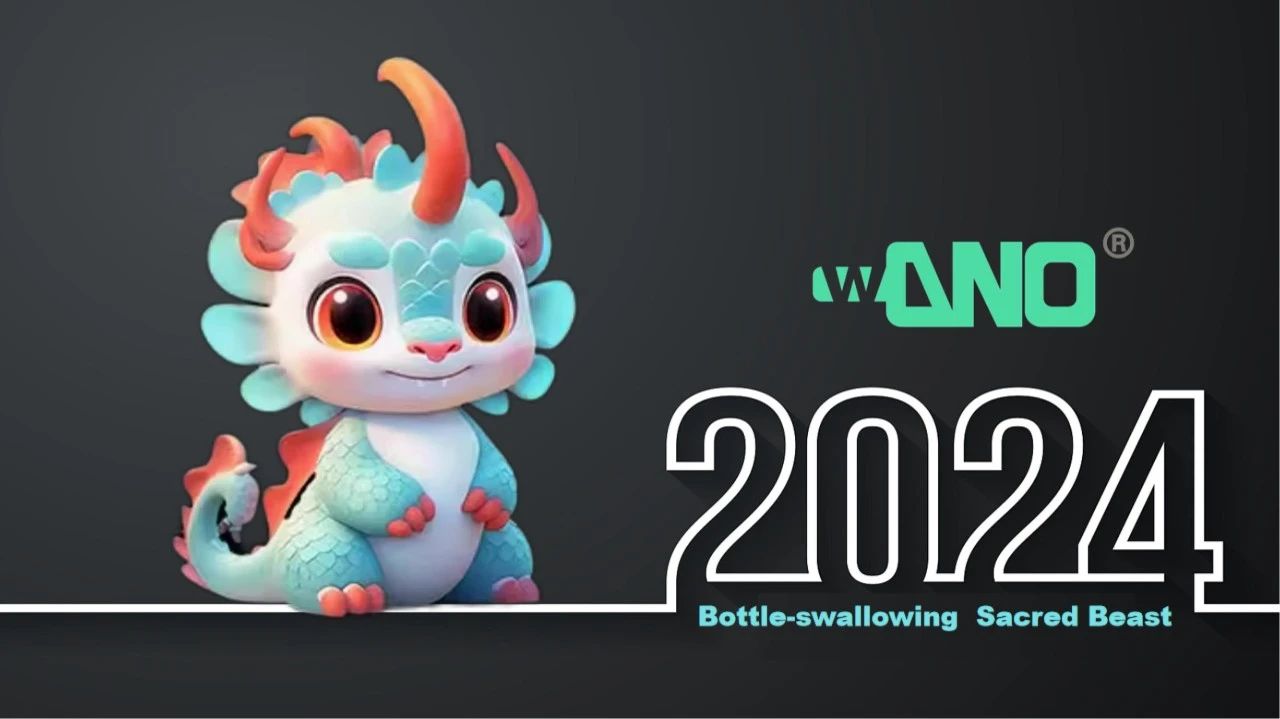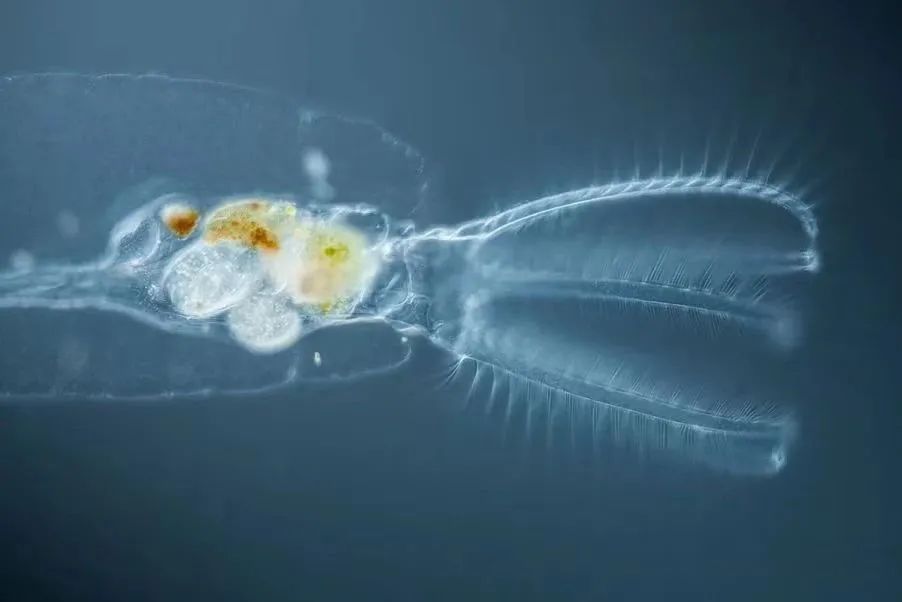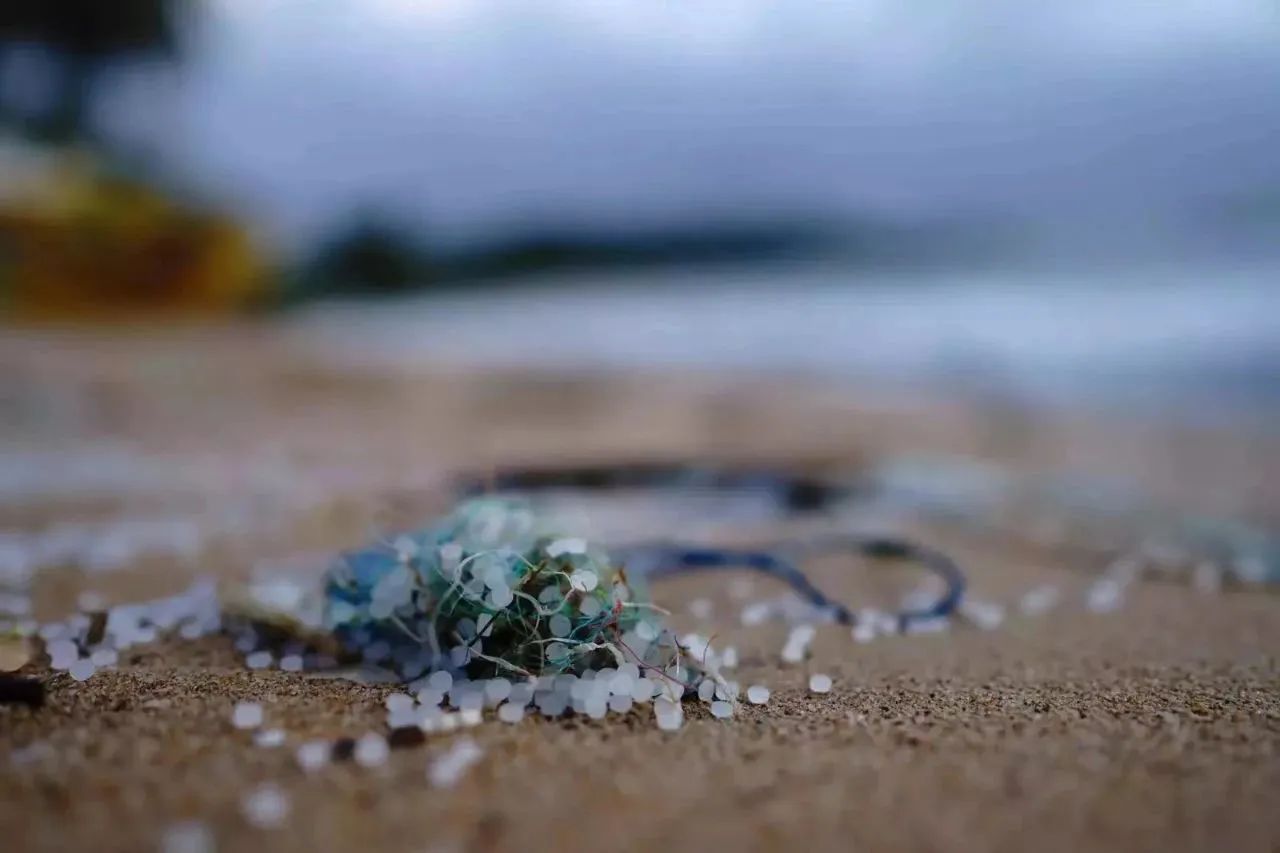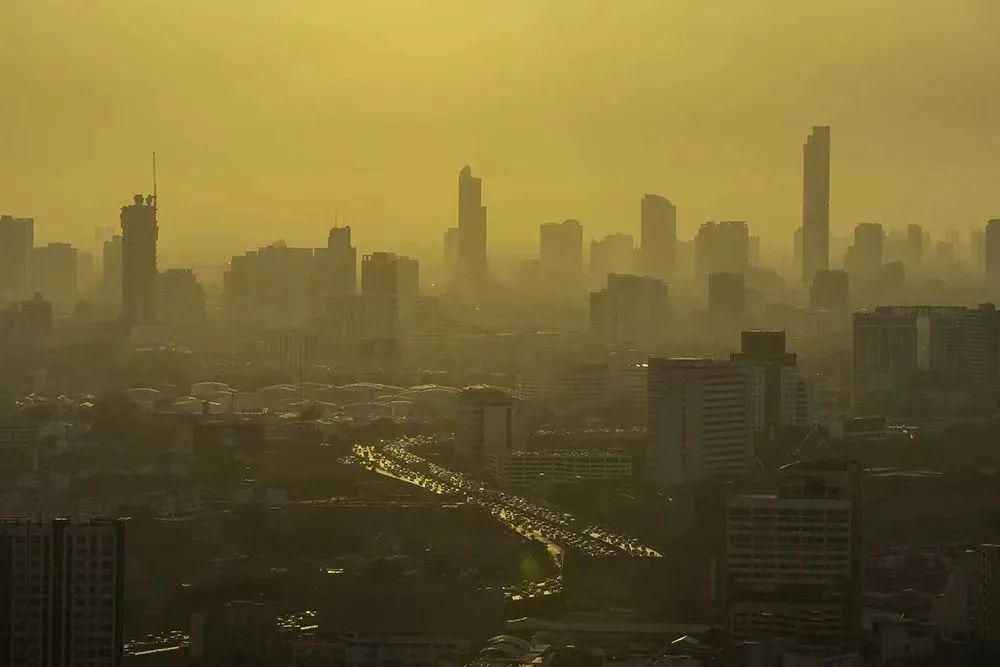
Hello everyone!
I am the “Bottle-Swallowing Sacred Beast”(WANO RVM)
Some of you may already know who I am, but if you don’t, let me introduce myself briefly. I am the “sacred beast” that can consume various types of plastic waste.

In the vast universe, Earth is our only home. This blue planet has nurtured countless lives, however, with the development of human civilization, an invisible “invader” is quietly changing its appearance.
Today, I will bring your attention to Poyang Lake in China, a vibrant ecological treasure house that is also suffering from plastic pollution.

Poyang Lake, China’s largest freshwater lake, boasts rich biodiversity. However, recent studies have shown that there is a microscopic organism less than 0.5 millimeters long in this lake that is “crazily eating plastic”!

(Image source: National Geographic Chinese WeChat official account)
The animation shows rotifers in Poyang Lake excreting “digested” microplastics from their bodies.
Rotifers in Poyang Lake
Every day, they excrete 133 billion microplastic particles like this.
Yes, you heard it right, 133 billion.
Rotifers - these tiny planktonic organisms distributed globally in freshwater and saltwater environments, originally feed on algae, are now crazily consuming plastic in Poyang Lake, and produce up to 133 billion microplastic particles per day, which is an extremely alarming number.

(Image source: National Geographic Chinese WeChat official account)
Rotifers are widely distributed in lakes, ponds, rivers, estuaries, and other freshwater and brackish water bodies. | Wikipedia
But the truth behind this is even more terrifying: These micron-sized plastics are chewed by rotifers and digested into smaller nanoplastics. The harm of these nanoplastics far exceeds that of microplastics because they can enter the food chain and eventually affect humans.
Frank Kelly, a professor at King’s College London, believes that when the concentration of microplastics is high enough, these chemicals can damage or even kill cells, and proteins and DNA may be damaged.

(Image source: National Geographic Chinese WeChat official account)
Microplastic particles are an important source of plastic pollution in the ocean. | Unsplash
This is just the tip of the iceberg. Globally, the number of microplastics and rotifers in surface waters is increasing rapidly. For example, in the mouth of the Athiar River in India, there are as many as 10133 rotifers per liter of water! This coexistence of microplastics and rotifers not only exists in East Asia and Europe but has also been found in remote Antarctic krill.

Global distribution of rotifers (left) Global distribution of microplastics (right)
(Image source: National Geographic Chinese WeChat official account)
These data are so shocking that we cannot intuitively understand its seriousness. But this precisely highlights the severity of plastic pollution: even in places far away from human life, plastic waste is ubiquitous and causes unpredictable harm to our ecosystem.

(Image source: National Geographic Chinese WeChat official account)
More surprisingly, research shows that 24% of microplastics in the ocean come from urban dust, with various sources, especially in densely populated areas | Wikipedia
We must admit that rotifers are not heroes in eliminating plastic waste; they are just dealing with the aftermath left by us. It is our human activities that introduce large amounts of plastic waste into the environment and cause irreversible damage to the ecosystem. Therefore, we must take action to ensure that the world of the future is no longer plagued by plastic waste.

As a sacred beast guarding the Earth, we feel a great responsibility!
The “Bottle-Swallowing Sacred Beast” is not just an intelligent recycling device; it is our commitment to the future. We are committed to developing more efficient and environmentally friendly technology to help the Earth get rid of plastic waste.

We invite you to join us in resisting plastic pollution together.
Let’s take action together and use the power of technology to jointly protect this blue planet.